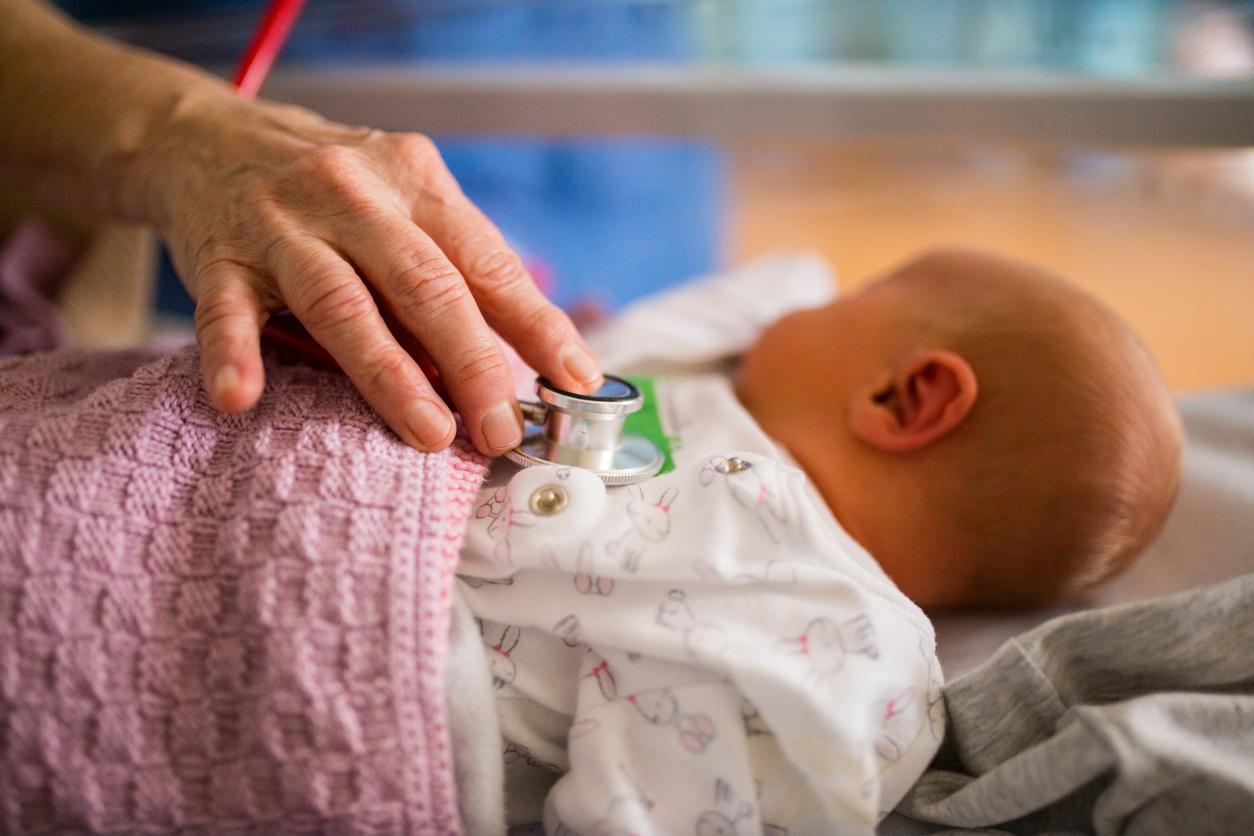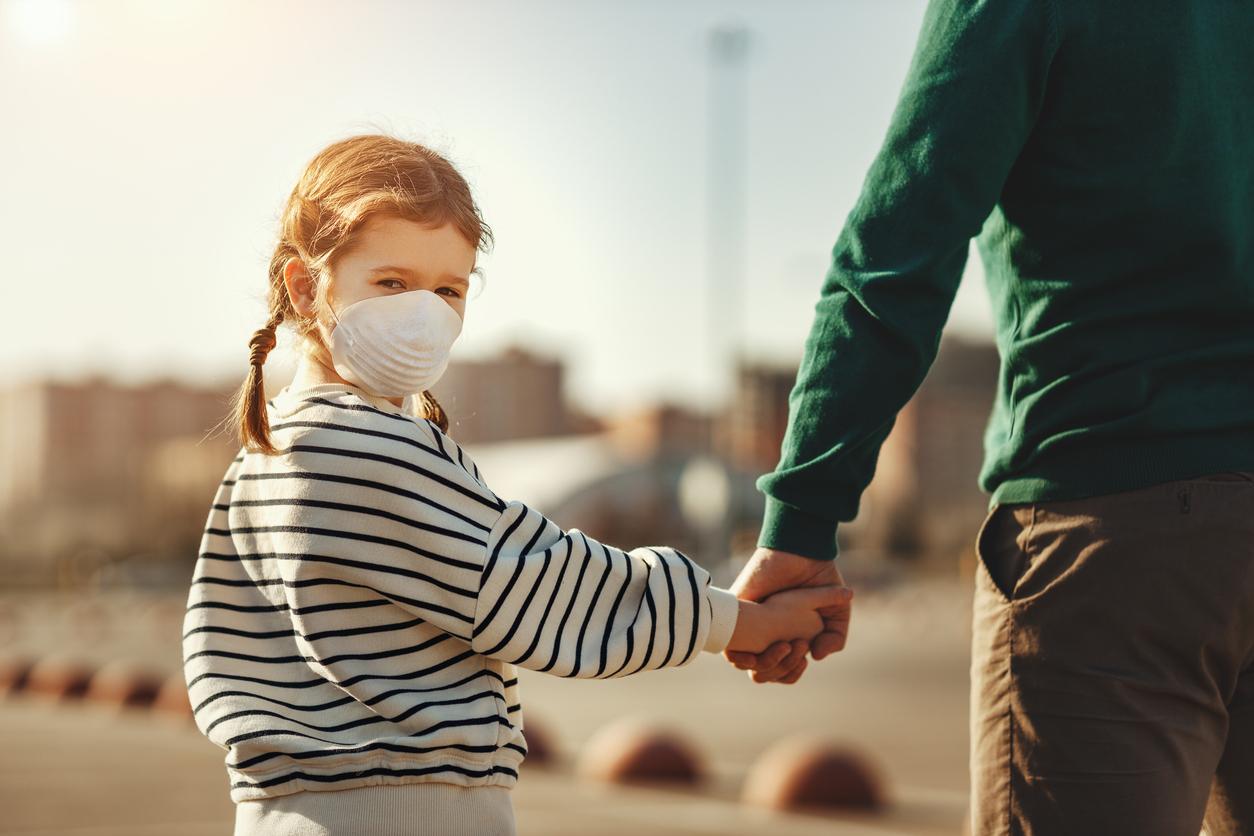What is the XD variant?
This variant is VUM rated (varying being evaluated according to the WHO classification) because of its genetic characteristics which have similarities with two VOC variants (variant of concern), the Delta and the Omicron BA.1.
Also called Deltacronthis variant therefore combines the genetic signatures of Delta and by Omicron. It is subject to heightened surveillance.
“LThe XD variant has genetic characteristics from the two parental VOCs Delta and Omicron, but very little data is currently available as to its characteristics, explains Santé Publique France in an information point published on March 28. These genetic characteristics justify the classification of the XD variant as VUM, and this classification will be re-evaluated as new data become available.”
How many cases in France?
For now, there are very few cases of this variant in France: only 65 confirmed by sequencing according to Public Health France on April 4. Moreover, its frequency in recent Flash surveys does not appear to be increasing.
It is indeed Omicron which largely predominates (99.8% of contaminations) and more precisely the BA.2 sub-variant (73% according to the latest Flash survey). Conversely, the Delta variant has become non-existent in France since mid-February.
What symptoms with the XD variant?
Still according to Santé Publique France, among these 54 cases, only two of the cases investigated were asymptomaticboth children under 10 years old.
The symptoms the most common clinics were:
- asthenia/fatigue (58%),
- headaches (56%),
- fever (46%),
- cough (42%)
- and sore throat.
Compared with Omicron, these cases had more loss of taste (ageusia) and loss of smell (anosmia).
The symptoms were otherwise mild according to these initial data (no critical care admissions or deaths to date).
What do we know about cases of XD infection?
According to data analyzed by Public Health France, the median age of contamination is 32 years old, the youngest case being 4 years old and the oldest 66 years old. No case was therefore over 70 years old.
Regarding the vaccination status, 6.5% of the cases investigated were unvaccinated, 4.3% were vaccinated with one dose, 54.3% vaccinated with two doses and 23.9% vaccinated with three doses. Note that in three cases, it was a reinfection.
Read also:
- Covid-19 or pollen allergy: how to tell the difference?
- Covid contact case: no more isolation, whatever your vaccination status
- Covid-19: where is it advisable to (still) wear the mask?
- Covid: “The epidemic is not over”, warns the Scientific Council


















